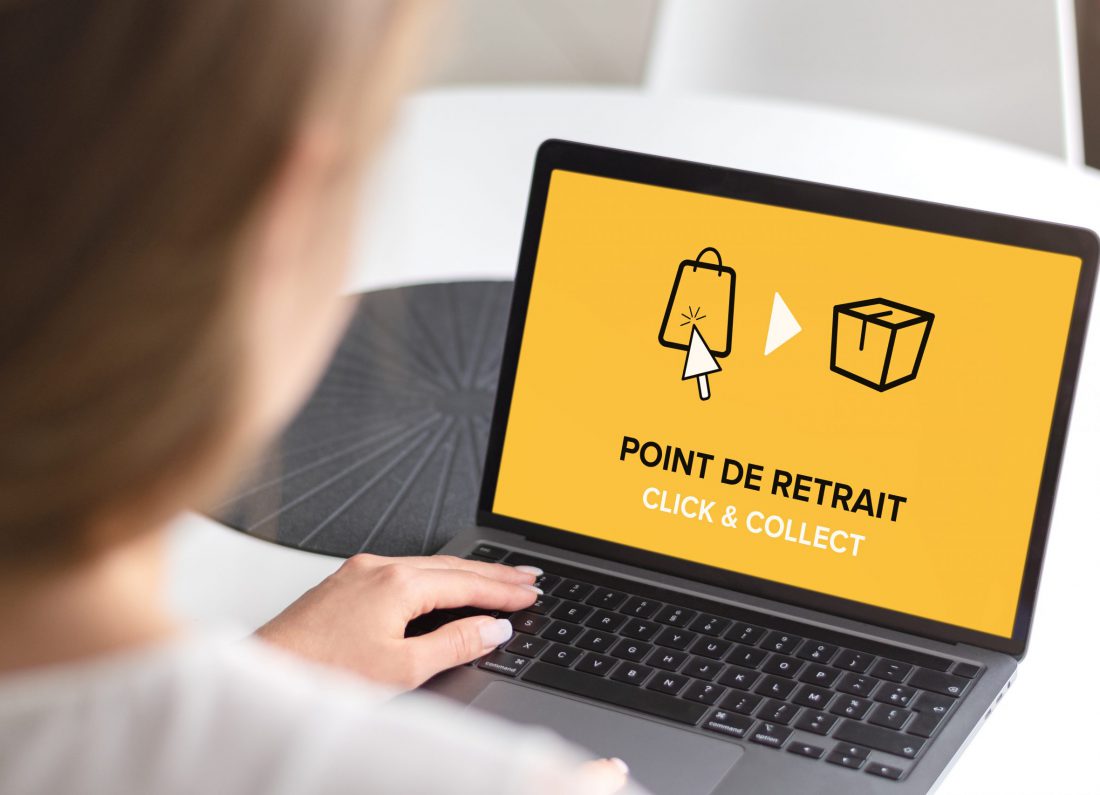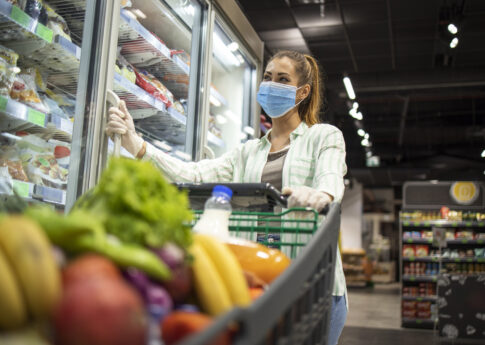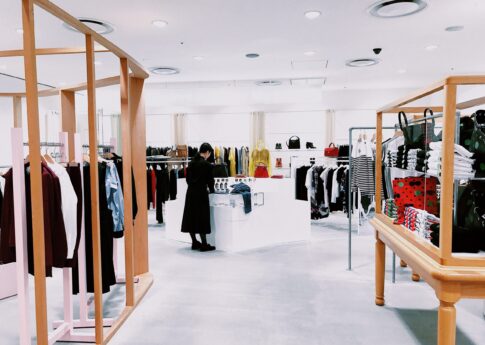
To what extent is the health crisis having an impact on the purchasing behaviour of the French? It is clear that the events we are currently experiencing contribute to modifying our attitude to in-store shopping. In addition to the closing down of certain shops, travel restrictions are being imposed.
However, other factors are at the origin of this impact and explain the appearance of new modes of consumption. We shall examine some of them without intending to be exhaustive.
What is certain is that the stakes are significant for the brands. Although they are constantly seeking to offer their customers new services, the difficulty is for them to find the right idea. The first of these seems to be the creation of a quality omnichannel customer experience that meets consumer expectations. This is exactly what we will see in this article.
How can we say that there is a change in purchasing behaviour?
Are the evolution and appearance of new consumption patterns from the customers real? What exactly are we talking about? Will it last or, on the contrary, is it temporary (only linked to the health crisis)? In practice, specialists who study consumer habits have been observing the introduction of new purchasing behaviours for several years now.
Consumer habits follow the changes in our society. These are not necessarily consistent with each other: while some people prefer distance buying and appreciate having their products delivered to their homes, in a local post office, or thanks to click & collect, others turn more towards local producers, craftsmen and small open-air markets. Between digitalization pushed to the extreme and the return to values such as ecology, human contact and direct purchase from the local producer, it is not always easy to define these new modes of consumption!
Some consumers stopped going to shops almost completely during the health crisis. Others, on the other hand, were attracted by local contacts. Lockdown sometimes gave them time to go back to DIY or gardening. The shortage spectrum sometimes lingered on staple products, even if they were never really in short supply, which led to storage strategies. Consumers have turned even more to internet shopping: drive-through and click and collect have been taken by storm and home deliveries have increased significantly. In addition, contactless payment or shopping on digital terminals, where available in shops, have highlighted other types of strategies. Finally, we should not forget to mention concerns that are often more ethical, which although not dating back to the health crisis, have been intensified by it: consumers are now turning more towards environmentally-friendly, vegetarian or even vegan products.
The omnichannel customer journey: a strategy for the future?
The major retailers, but also the shops, are unsettled by these changes in behaviour that they have not had time to anticipate. In order to build customer loyalty, or even develop it, it was first necessary to deal with the most pressing issues: to make customers feel safe by helping the respect of the protective measures and by developing increased hygiene. The challenge is obviously to implement these strategies without compromising the quality of the customer experience. Consumers must want to come and return to the shop, for those who wish to do so at least. For others, the solution may well lie in an approach offering an omnichannel customer journey.
What is meant by this? The retailer must offer his products for sale wherever the customer is. Local shops and supermarkets must reach out to consumers. Drive-through developed long before the health crisis, with sometimes still timid success, depending on the regions and local realities. However, Covid 19 has contributed to their development, leading to, in some cases, the congestion of the appointment slots. Click-and-collect solutions are also an interesting option, particularly popular with customers. The strategy to be adopted seems obvious, but shops will still have to rely on an even more precise study of their customers’ expectations, so as not to invest in sales infrastructures that would no longer be useful after the crisis. Finally, it goes without saying that the development of home delivery is also a major consumers’ expectation. However, it requires significant logistics, the advantages of which must again be precisely assessed in terms of location.
In any case, these different services (drive-through, click-and-collect or home delivery) have in common that they come from showcase and online sales sites. However, in order to offer a quality multi-channel customer experience that meets the expectations of consumers, some brands have developed video-shopping and several other online services. What is the aim? To offer customers a digital service that comes as close as possible to the experience they have in shops. For example, the Marionnaud cosmetics brand offers an online skin diagnosis in order to offer its customers the most suitable Lancôme beauty routine. Similarly, what could be more suggestive than choosing a perfume? So to overcome this problem when buying online, marionnaud.fr also offers two complementary services: “Find the ideal perfume” and “Try before you buy”. The first is an interactive questionnaire gathering perfumes by fragrance sets, while the second consists in sending the purchased perfume with a sample (so the customer can smell it, test it and send it back if he does not like it). This example clearly shows how much brands are concerned about offering their customers an omnichannel experience that is both rich and customized.
Possible developments and possibilities
To conclude this short review of the current situation, it can be said that the key goal remains for the brands and shops to continue giving access to all their products to consumers who wish to do so. In other words: shops capable of offering one or more local points of sale, an online sales site with click-and-collect, drive-through and delivery service could well be the big winners in the current situation, thanks to the omnichannel experience.
However, following the examples we have already mentioned, some brands are standing out from the crowd by offering a new, high-quality digital experience. It is good to be inspired by them to continue to offer an omnichannel experience in line with new practices and new customer consumption patterns.


